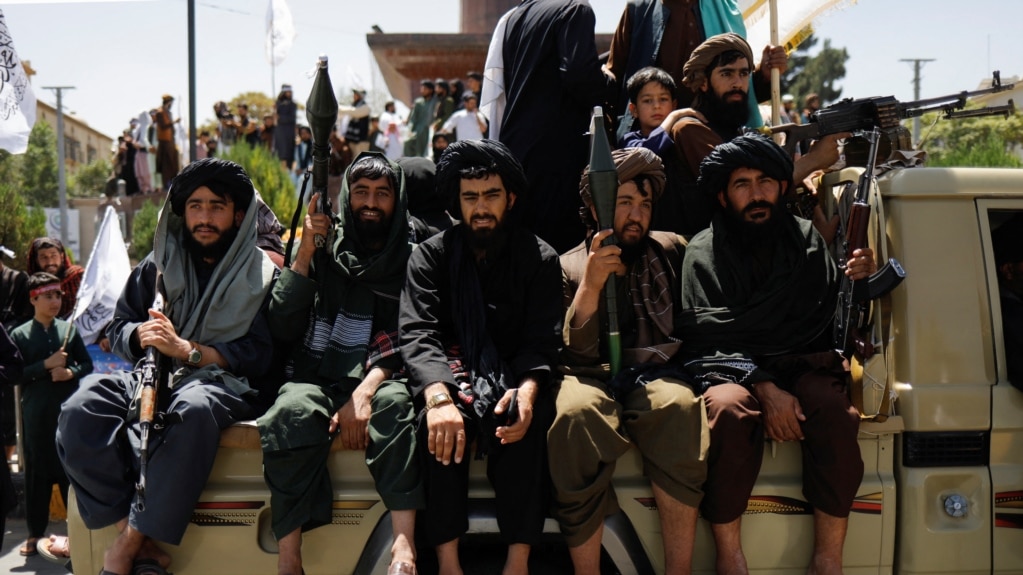Two years ago Tuesday, the Taliban seized control of Afghanistan after NATO forces pulled out of the country. The Taliban are still the clear rulers. And the Taliban face no serious opposition that could defeat them.
They have avoided divisions by falling in line behind their leader. They have kept alive a struggling economy, in part by holding investment talks with neighboring countries. They have improved domestic security by suppressing armed groups like the Islamic State. They say they are fighting corruption and opium production.
But their bans on Afghan girls and women have been a major part of the Taliban’s second year in power. They barred women and girls from parks, gyms, universities, jobs and nongovernmental groups and the United Nations. These orders followed an earlier ban, issued in the first year of Taliban rule, on girls going to school beyond sixth grade.
Here is a closer look at Taliban rule.
Why have they excluded women from many areas of public life?
The Taliban say they are putting in place their view of Islamic law, or Sharia, in Afghanistan. This leaves no space for anything they believe is foreign or secular, including permitting women to work or study. This view of Islam is what drove the Taliban in the late 1990s, when they first seized power in the country. It still drives them today.
Hibatullah Akhundzada is the Taliban supreme leader. He has praised the changes since the takeover in August of 2021. He claims life improved for Afghan women after foreign troops left and after the Islamic head covering, or hijab, became required again.
What was the reaction to these bans?
Foreign governments, rights groups and international organizations denounced the restrictions. The U.N. said the bans were a major obstacle to the Taliban gaining international standing as the recognized government of Afghanistan. The country is losing foreign aid as major donors cut off their support.
What are living conditions like in Afghanistan?
Nearly 80 percent of the previous, Western-backed Afghan government’s budget came from foreign aid. The aid paid for hospitals, schools, factories and government ministries. That money is now largely cut off. The COVID-19 pandemic, medical shortages, climate change and hunger have made life very hard for Afghans. But aid agencies have helped provide basic services, including health care.
How likely are the Taliban to change direction?
If the Taliban changes direction, it would likely be up to Akhundzada. He is behind the bans on women and girls. His laws are formed in the language of Islamic law and are absolute. The bans will only be lifted if Akhundzada orders it.
Some Taliban leaders have spoken out against the way decisions are made. There has been disagreement about the bans on women and girls. But the Taliban's spokesman denounced these reports as propaganda.
International recognition
Aid officials say the Taliban consider recognition as an entitlement, not something to be negotiated. The officials also say the Taliban sees meetings with powerful nations like China and Russia as signs that they are building international relations.
The Taliban are not officially in the international community. But they appear to have enough interaction with countries to slowly move toward normal international relations. Countries like China, Russia and Pakistan want an end to sanctions.
What opposition is there to the Taliban?
There is no armed or political opposition with enough support to remove the Taliban from power. A fighting force resisting Taliban rule north of Kabul is being violently defeated.
The Islamic State has struck targets in deadly bombings. But the militants lack fighters, money and other resources for a major fight against the Taliban.
I’m Dan Novak.

